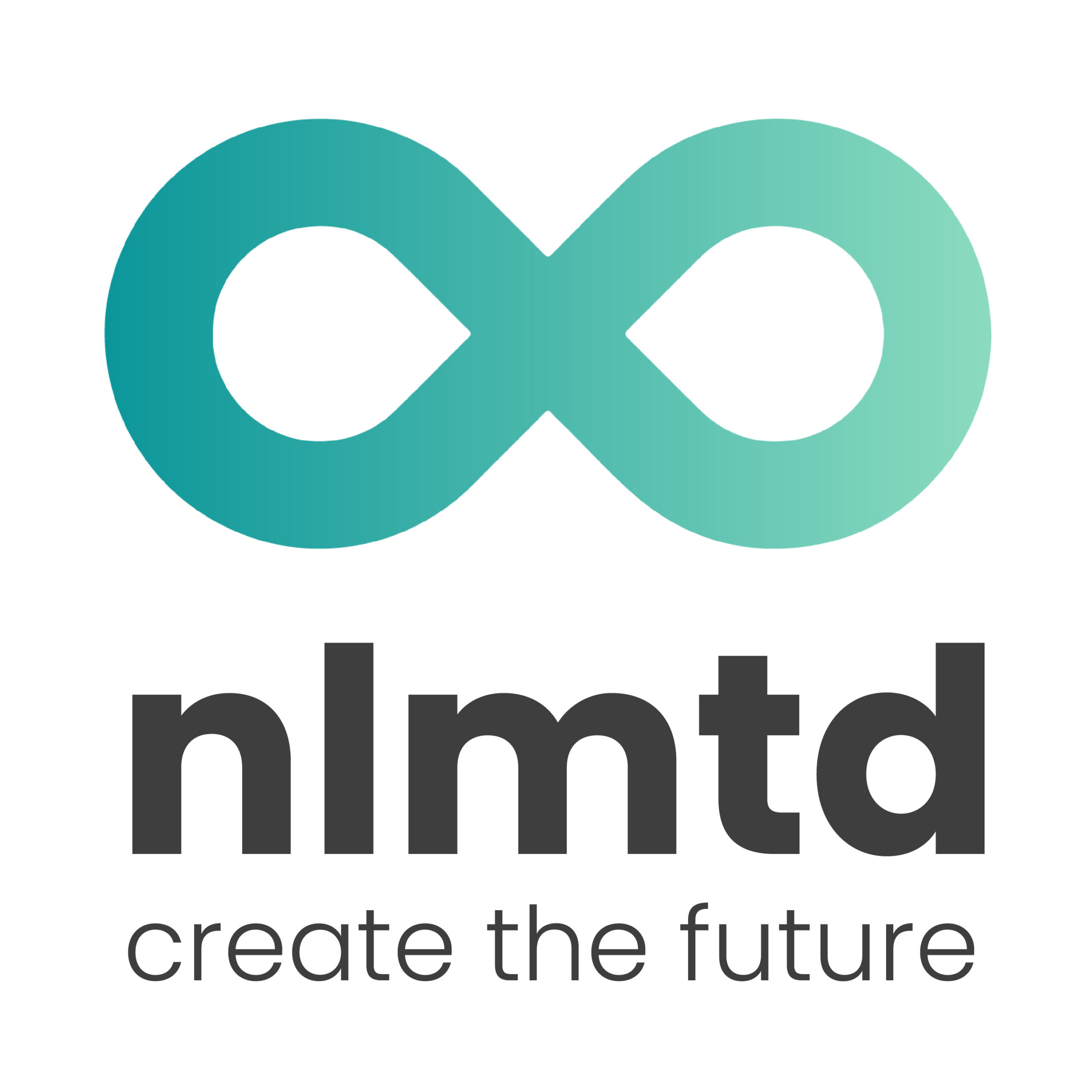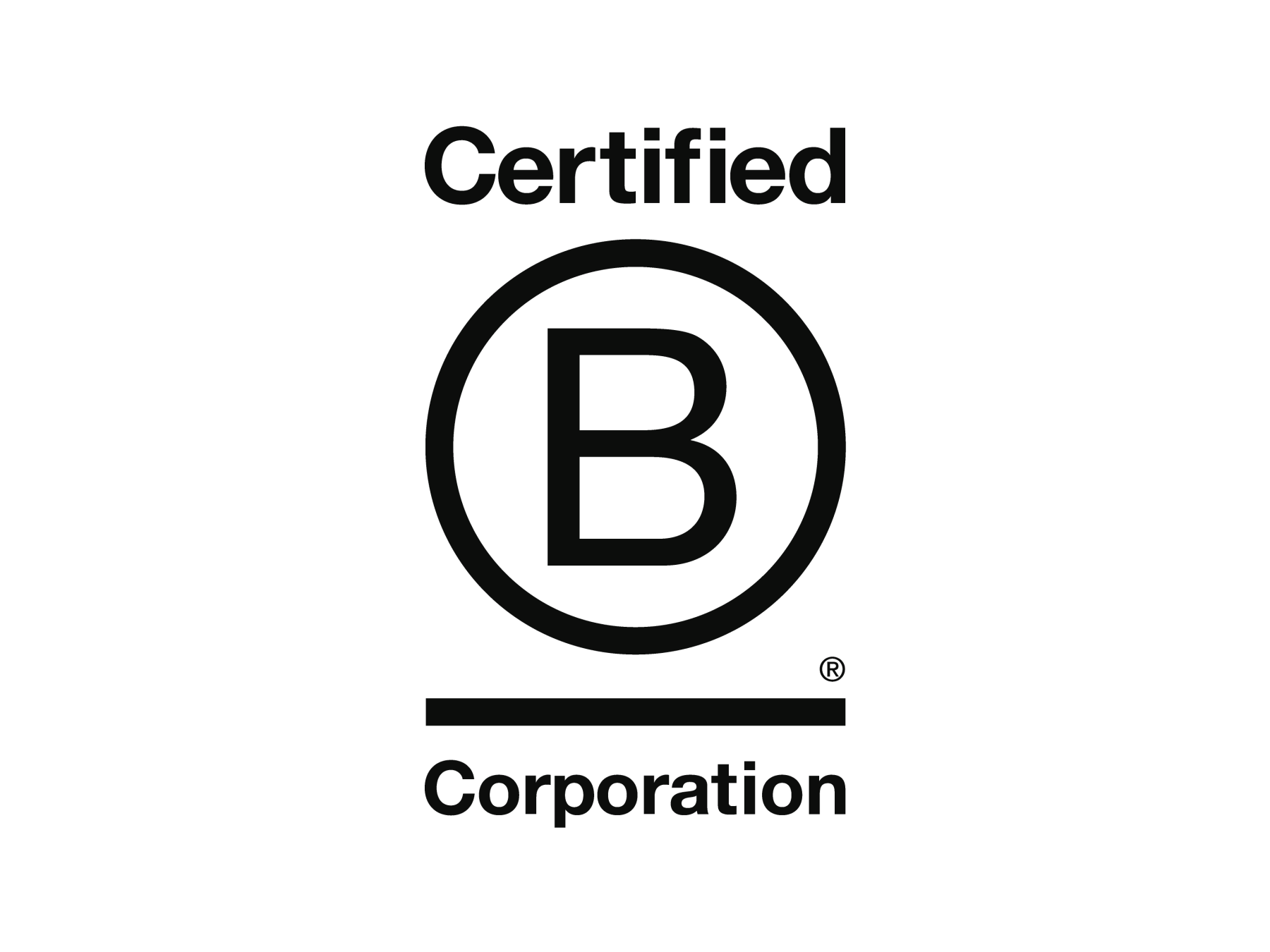What am I? A bishop or a knight?
It was the question I found myself asking about a year ago. At the time, I was working at an IT service provider on digital transformations for mainly large corporates, a company that I had joined seven years earlier. I had been making steady progress through the ranks and had held positions in project management, consultancy and leadership. But some day I found myself asking the kind of existential questions so common among my generation: Is this why I was brought to life? How does my work contribute to the bigger picture? Isn’t there more to life than this?
Sure, my work paid the bills and I had had some fun along the way, but I noticed I got most of my energy from side gigs. I found these within the company, but increasingly also outside of it. I loved creating new products and services, crafting a vision on tech for a political party and generally starting projects I didn’t yet know how they would end beforehand. I also wanted to explore the opportunities in becoming self-employed. As my own boss, I could experience the freedom of choosing my own planning and projects to work on. It was clearly time for a next step, but I was yet to discover what kind of step this should be. It was time to find out if I was going to be a bishop or a knight.
In chess, the bishop and knight are pieces of equal value that behave in very different ways. Bishops move in straight, diagonal lines all over the board, but are limited to either white or black squares. Knights on the other hand, have a more limited range, moving three squares in one direction and one to the side. Contrary to the bishop, this makes them able to reach every square on the board. Since they’re the only piece not moving in a straight line, they’re also a common weapon of choice for creative play aimed at surprising your opponent. It’s exactly these qualities that make the bishop and knight a great metaphor for the choice I was about to make.
We usually see careers as a single track starting at high school and ending in some high-ranking function as medical specialist, prime minister or CEO. Like a bishop, we linearly move towards this goal. It guides what we choose to study, the jobs we take and which extracurriculars to engage in.
This makes sense for anyone able to persevere in this track, since it is the quickest way to success. It’s not the only way, though, and definitely not a fit for everyone. For me it is important to shake things up every now and then, maybe colour outside the lines for a bit. That’s how I knew that I had to become a knight. In reality, most careers aren’t such straight lines. A lot of people aren’t bishops but move in the L-shape of the knight: gaining experience in a certain field for a couple of years before life takes them to something else. It is often said that most people will switch careers 5-7 times in their lifetime. This seems especially true in these times of disruptive technology where change seems the only constant. This means that the real challenge in achieving success is (increasingly) found in how to navigate these changes.
When you know change is going to happen, you’d better prepare for it. This means finding environments that enable you to build on previous experience but that also provide opportunity to develop new skills and explore other fields. For me, that place has become nlmtd, a management consultancy with a wide range of projects, lots of expertise to tap into and a model that puts me in charge over the projects I take up.
nlmtd feels like an entrepreneurial playground, where I can develop my skills as a consultant and as an entrepreneur in a safe environment. I get all the freedom I need to pursue side gigs next to my work at nlmtd, create my own niche and find my own assignments, in the safe context of a tight bond of colleagues sharing their knowledge and network along the way. This knowledge sharing happens formally in trainings, career coaching and more practical ‘business boosting’ sessions, but also informally by working together. Sometimes all the training in the world can’t teach you what you learn by just doing projects with experts in the field.
At nlmtd I can take on assignments that would normally be out of reach by covering my weaker spots with the competences of my colleagues. By creating a joined proposal, we can both provide the customer with an offer that neither of us could have done on our own. Another nice thing is that I can to take up more projects. Because I have colleagues available to take up parts of a project, I can spend less hours per project and therefore more projects at once, while keeping a (financial) stake in it.
Thus, at nlmtd, the sum is truly greater than its parts.
Which takes me to the last point. Some good ol’ Dutch ‘gezelligheid’. My colleagues are a lot more than persons I can score assignments with or learn from. They are a wonderful, diverse bunch of people I can have a lot of fun with. We do drinks or sports together every Friday, have a monthly social activity, had an outdoor weekend together last summer and go on yearly skiing trip in winter. As in chess, I would say a working environment improves the more different pieces there are on the board.
Feel like joining our chess set? Or want to hear more about what nlmtd can do for your next (side) step? You can reach me at nick@nlmtd.com for a cup of coffee (or a game of chess)!





